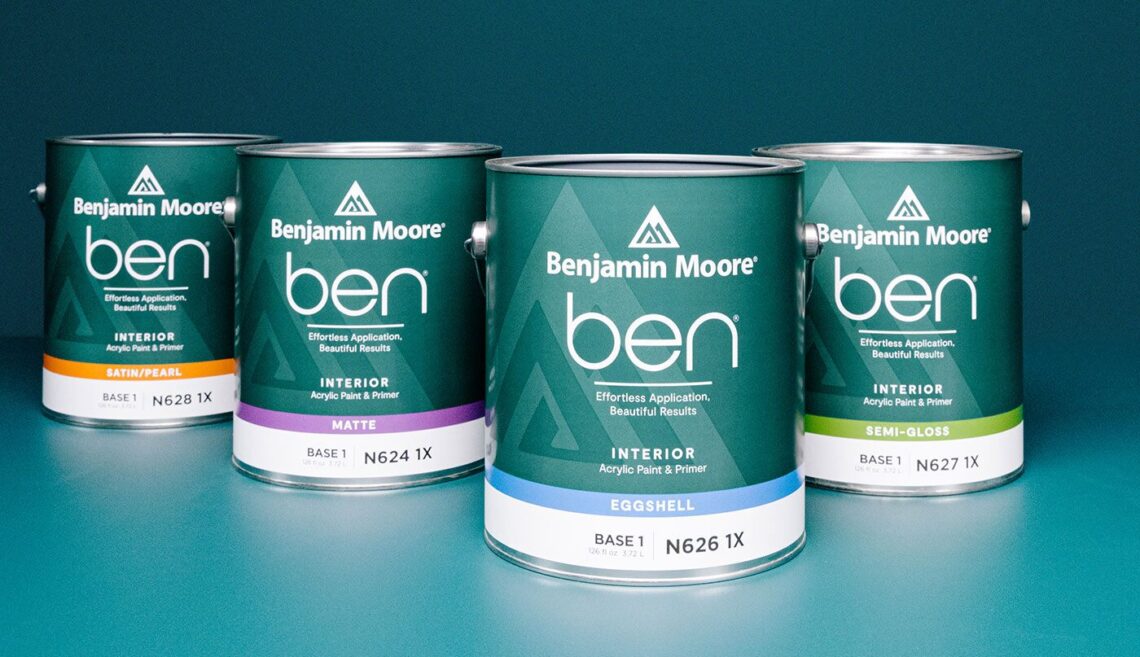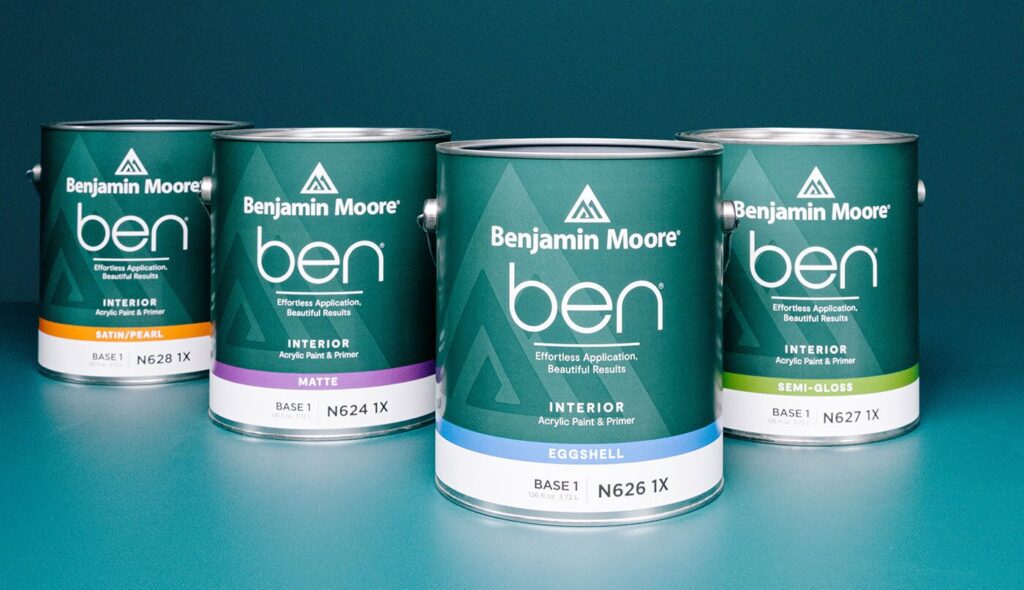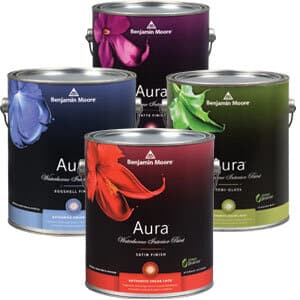(206) 258-6676

What’s in a Can of Paint?

What is paint, really? This might seem like a silly question to ask, but the truth is, we need some knowledge of what paint is made of in order to know a high-quality product from a lesser one.
Paint is made of up several components, including:
Binders
Binders are what attaches a pigment to a surface. They are both synthetic and natural resins that start in liquid form, as is paint as we know it, but dries to become a solid film. It is the binder that determines properties like the sheen, adhesion, stain resistance, and durability. The binder in waterborne paint usually consists of vinyl or acrylic substances, while binders in oil-based paints are usually an alkyd, or a drying oil.
Diluents
The liquid, or diluent is evaporated after applying the paint to leave a solid film behind. As you likely guessed, the diluent in waterborne paint is water. There are also oil-based paints, which are less convenient and require additional expertise and care. With heightening concern over VOCs (volatile organic compounds) and an emphasis on environmentally friendly products, oil-based paints are less prominently used in today’s painting projects.
Premium quality paints have a lower concentration of diluents and a higher concentration of binders and pigments. Cheaper paints are more “watered down.” However, for inexperienced painters, thicker paints may be more difficult to work with and their applications are best left to professionals.
Pigments
Pigments are the particles that add color and coverage. They are either natural or synthetic. Some pigments, such as lead, are toxic. Lead was banned from paint in 1978, and today, most paints are made with titanium dioxide instead. Titanium dioxide is the primary ingredient that provides coverage, especially in lighter colors.
Additives
Additives can provide additional benefits to a paint product making them more commonly seen in higher-quality products. Examples of paint additives include mildew-cides and preservatives. Additives can also improve flow, drying, and viscosity.
Why does it matter?
Ultimately, when it comes to paint, the adage “you get what you pay for” usually holds true. Higher-end paints tend to have better quality binders and pigments, less diluent, and more enhancing additives. Benefits of higher-end product include a smoother application, better coverage, greater stain resistance, greater ability to be cleaned, and richer color, to name a few.
Sound Painting Solutions is committed to using high-quality products to provide every job with the best performance benefits. We proudly use premium-quality Benjamin Moore products for both interior and exterior applications. Contact us today for a free estimate on an interior or exterior project.
For more information on this topic, check out this blog post!


Comments
A great article, thanks for posting it. The general public don;t ever seem to be aware or even care what goes into making paints, so some handy info here. I certainly agree that you get what you pay for, a pity some homeowners don’t seem to realise that.